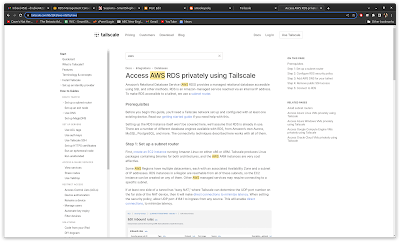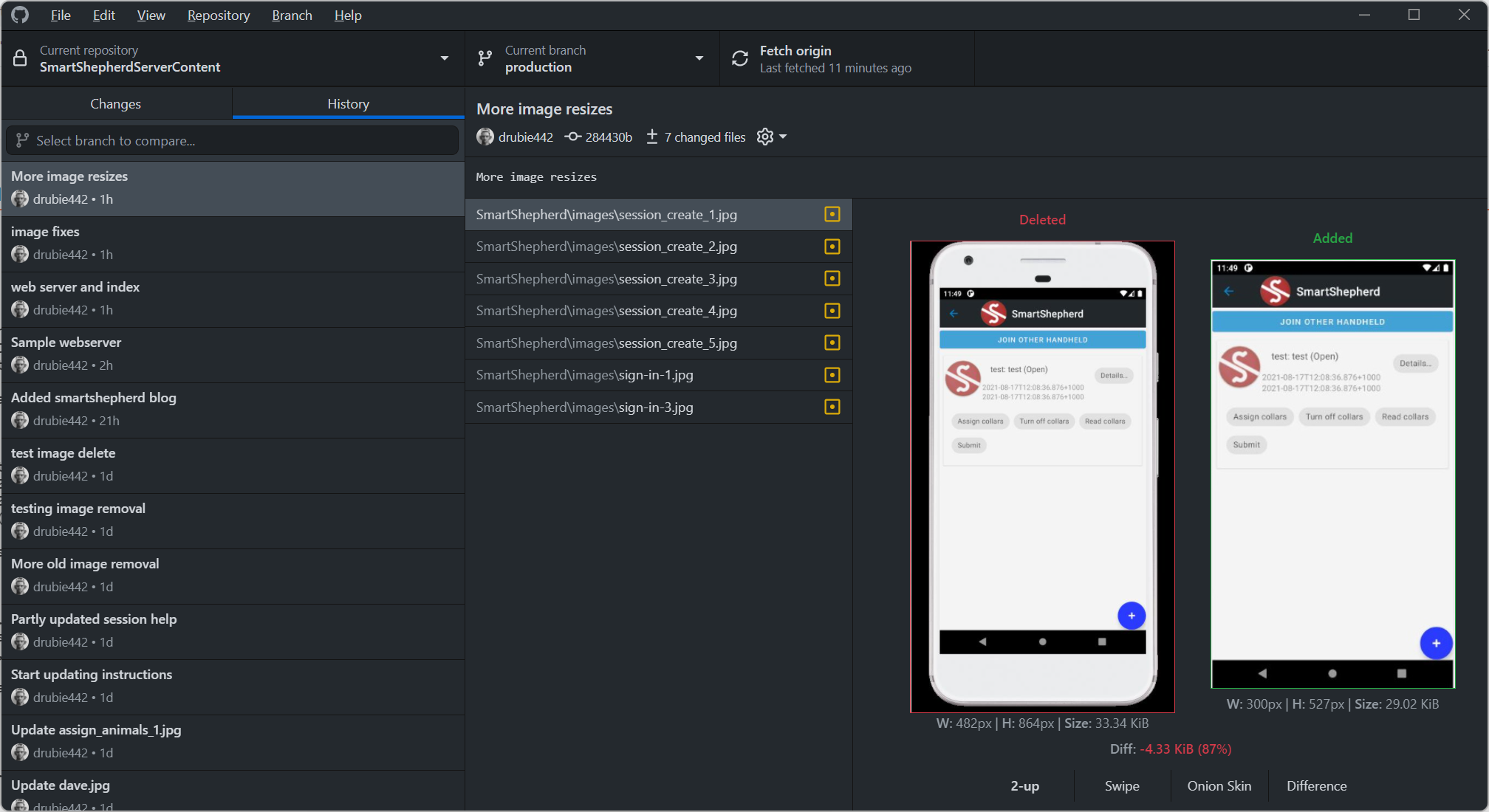Forgotten tech: 3Com's 3Station and 3Server
"There is no reason for any individual to have a computer in his home" - Ken Olsen, DEC, 1977
We get the general impression these days that things are moving at a whirlwind pace: web frameworks are released and abandoned in 18 months; cloud services expand in scope daily; languages change and evolve so fast that I seem to spend half my time updating software and weeding out the deprecated libraries.
It was pretty much always this way, although I think the changes to the way we used computers seemed more dramatic in the 1980s and early 1990s. Big companies rose and fell in record time. Alliances formed between companies to push their mode of technology. The massive, established players like Digital Equipment Corp were gutted like fish. There was a mad rush, a panic even, to capture that space on every users desktop where they interacted with technology. All because the PC had started eating the world and was destroying the minicomputer business.
Unmanaged and out of control
The personal computer revolution in businesses was dramatic to watch. It started innocuously with knowledge workers getting hold of Lotus 1-2-3 and realising their days of laborious paperwork were over. More importantly, being tied to whatever technology had been purchased for your organisation was holding them back. You might have had a dumb terminal on your desk for accessing your company system and they took up quite a chunk of space. If you wanted to also have a PC, that was your entire desk. One of them had to go. The PC was capable of acting like a dumb terminal and a lot of the early connectivity in offices was centred around just that: products like the IBM PC 3270 solved the problem although there were many other solutions at the time to talk to your local minicomputer. In the nascent world of networking, one company was pioneering just about everything: 3Com.
3Com is most remembered for it's ethernet cards (most emulators still have a good old 3C503 emulation somewhere) but their reach was much broader than that. The era of networking was dominated by Novell and Banyan, but 3Com had an entire solution available that included hardware, software, networking protocols and bridges/routers that could turn your office into a huge, centrally managed, PC based system.
The heart of this system were the diskless workstations (3Stations), headless servers (3Servers) the system 3+share and a networking protocol called XNS.
Pioneering PC networking
In the end, building all that stuff was a rather thankless job as Novell showed up and started eating 3Com's lunch. The 3Station and 3Server combination was arguably easier to manage: 3Stations were diskless, booted over the network and the config couldn't be fiddled with by the desk jockey. The 3Server was a customised, not quite PC that could address more memory than a standard PC. This was valuable at a time when a careful juggling of your config.sys and autoexec.bat was required in a networked environment. Large organisations were not happy that an individual user could fiddle with the carefully thought out setup on a desktop PC, break something, and require assistance. It was all quite tricky as the network stack support in MS-DOS was, well, sketchy at best. They had introduced MS-NET but just kind of shrugged and left other people to fill in the blanks. Microsoft didn't seem to care much for networking and while they were happy selling licenses for MS-DOS, seemed to exempt themselves from networking. IBM, rather than Microsoft had created NETBIOS in an attempt to get some standards in place. It was in that space that Novell, Banyan and 3Com found a very profitable place to play. Of course, Microsoft loved money too so the situation couldn't stand forever.
Making MS-NET useful
3+Share was revolutionary at the time. It provided networked printing, file sharing and email for PC users, whether on 3Com hardware or on a networked PC, but Novell Netware was a better product (and cheaper if I'm recalling correctly). When Novell started to dominate the market, it's success just bred more success. IBM and Microsoft finally woke up to the threat that Novell was posing to their businesses so in a seemingly odd industry move, they both decided to partner with the loser of this particular war and confront it head-on. LAN Manager was born.
OS/2, IBM, Microsoft and getting caught in the middle
Eventually this alliance would end up killing 3Com - they brought with them a pile of networking smarts, moved all their (by then) creaky 3+Share customers over and rolled out the OS/2 based LAN Manager calling it 3+Open. It was, in fact, slower than 3+Share although you could at least now choose the network protocol stack you used underneath it, which was good because the original XNS protocol was tough to route. Big customers had internetworked bridges between offices and the traffic started to get hard to manage. Lots of 3+Share relied on advertising which flooded the slow links between offices. LAN Manager was meant to address those problems, the original LAN Manager was quite interesting, there were even ports available for Unix servers (although the Bull version was very slow) as well as OS/2. The local IBM reps seemed to think it was the perfect way to get OS/2 into offices to eventually replace MS-DOS (and it's very unfavourable to them licensing terms).
Microsoft had an ace up their sleeve though. At the time, the local Microsoft rep (let's call him Frank) called all the local Microsoft resellers in for a secret demo: Windows NT. Frank's party trick was to turn on the monitor of a Compaq 486 running Windows NT with a starfield or bouncing ball demo on it. Then he'd drag it over and there was another one running underneath at the same speed. Then he'd drag that one out and there was another one, 20 windows deep. Windows 3.0 would have set itself on fire and OS/2 couldn't do that party trick at the time. We all took a deep breath (well, unless you'd seen a Sun workstation).
It was all FUD though, all that demo really was designed for was making resellers wary of pushing OS/2 based solutions on their customers. Everybody was making bank with Windows 3.0 and nobody wanted to upset that gravy train. NT wouldn't be useful for a few more years but Microsoft didn't let on. When it did finally arrive it had a built-in surprise: they bundled LAN Manager into it with the express intention of killing Novell. Finally it worked. In retrospect it looked like a masterful strategy for taking over the desktop and server markets. In reality, Microsoft were late to the party, screwed it up, got their partners to do all the heavy lifting and swooped in at the end with the win.
3Com never really recovered. There was little money in networking cards by that stage as they became a commodity, they were late to the LattisNet party that dominated office networks and Cisco became the IBM of inter-networking. Every single one of their major markets got cannibalised. Something of a shame for such a pioneering company.
Postscript
Here is a slightly different take on it from ZDNet back in 2001. Which seems to get everything wrong.


